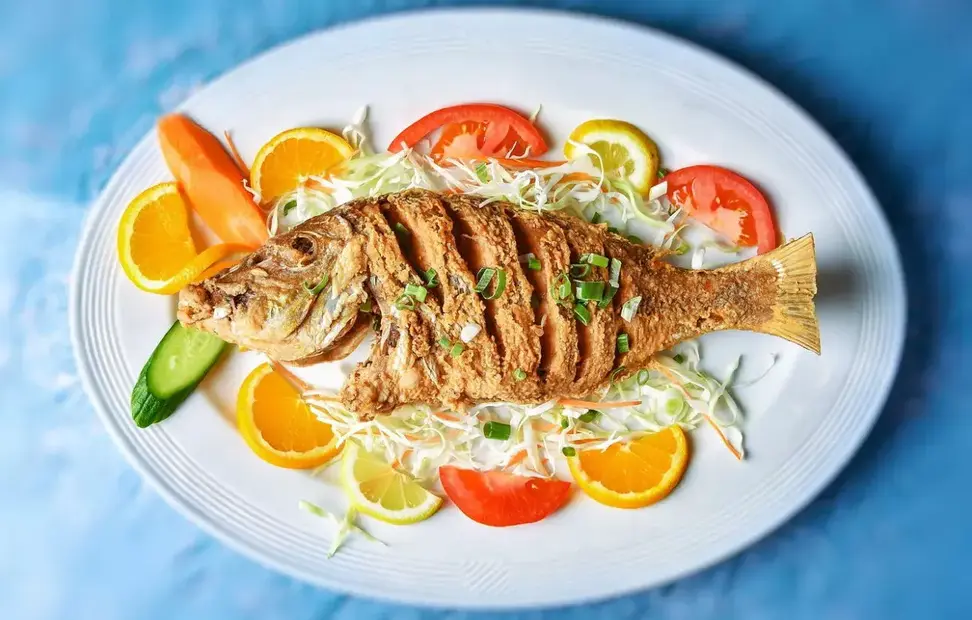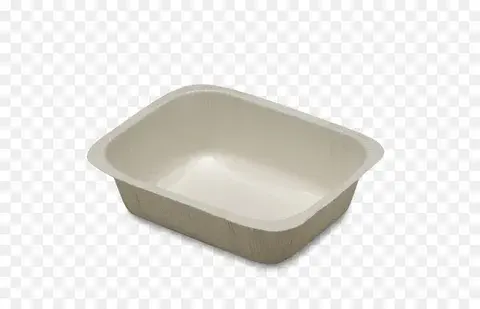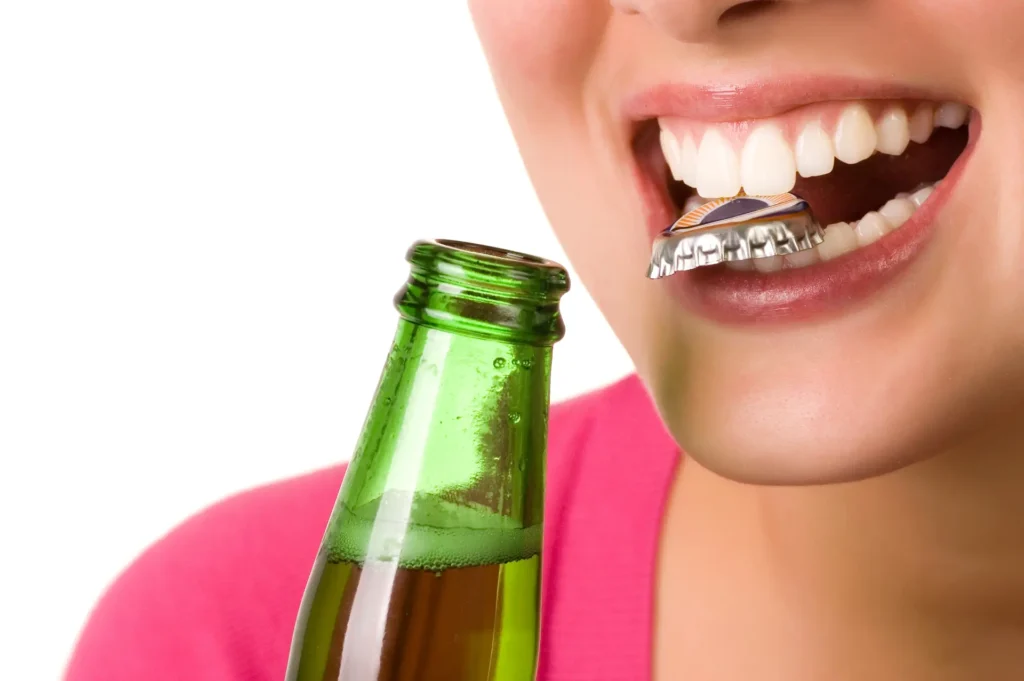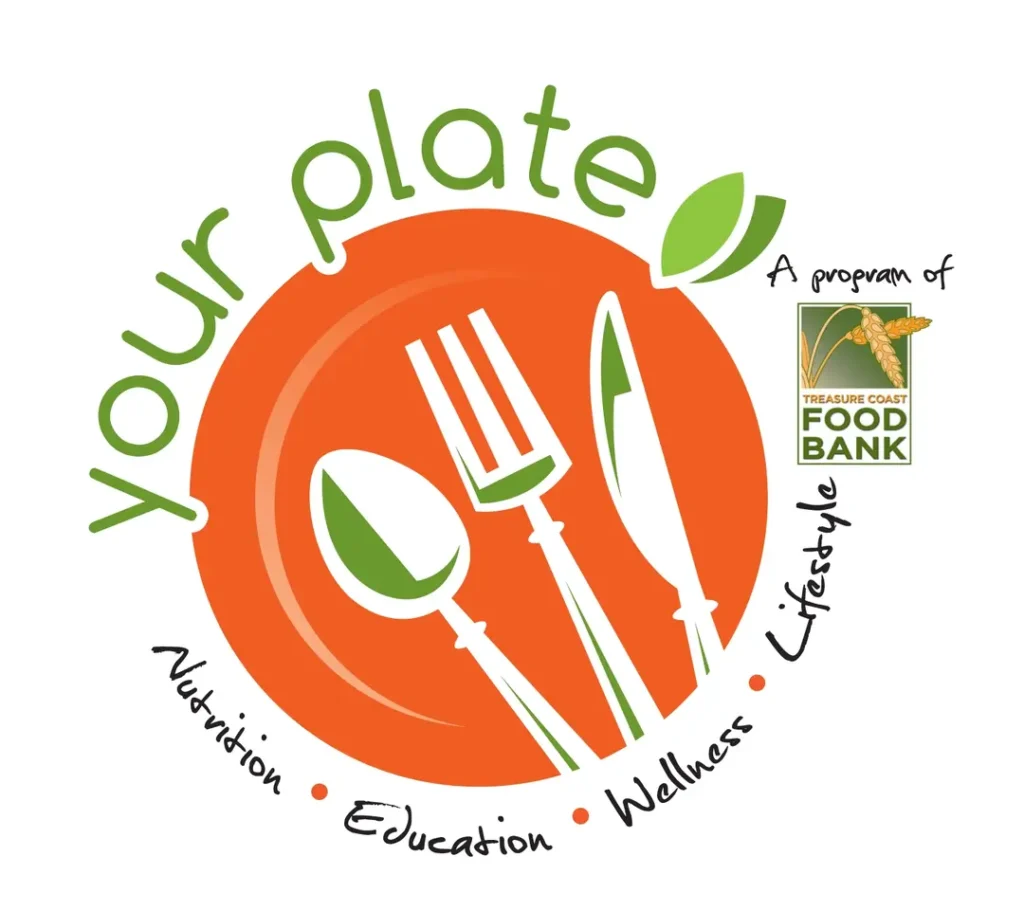Looking for the perfect fish food recipe?
Whether you’ve got a bustling tank full of tropical fish or just a few goldfish, feeding them the right diet is essential.
But have you ever wondered if store-bought fish food is really the best option?
Most people don’t realise that trying Fish Food Recepie at home can be healthier, cheaper, and more natural for your aquatic buddies.
In fact, it can be pretty easy, once you get the hang of it.
Let’s dive into the world of homemade fish food recipe and show you how to give your fish the best nutrition possible.
Table of Contents
ToggleWhy Make Your Own Fish Food?
First off, let’s get real:
Store-bought fish food isn’t always ideal.
It often contains fillers, preservatives, and ingredients that don’t do much for your fish’s health.
Homemade fish food, on the other hand, allows you to control what goes into your fish’s diet.
And, just like people, fish thrive on variety and fresh, nutritious food.
Here’s why you should consider making your own:
- Control the ingredients: You decide what goes in and what stays out. No unwanted chemicals or fillers.
- Customise for your fish: Different species have different nutritional needs. You can tweak the recipe to fit your fish perfectly.
- Save money: Believe it or not, following Fish Food Recepie on your own can save you a fair bit of cash in the long run.
- Reduce waste: Trying Fish Food Recepie at home can reduce the amount of waste in your tank, keeping the water cleaner for longer.
What Do Fish Eat in the Wild?
To create the best fish food recipe, we’ve got to understand what fish eat naturally.
In the wild, fish munch on a variety of things, depending on their species:
- Herbivores (plant-eaters) love algae, aquatic plants, and certain fruits and vegetables.
- Carnivores (meat-eaters) feast on insects, small fish, and crustaceans.
- Omnivores eat a combination of both plant-based and animal-based food.
Ingredients for a Basic Fish Food Recipe
So, what should go into your homemade fish food recepie?
Let’s keep it simple.
You’ll want to include a mix of plant-based and protein-rich ingredients.
Here’s a breakdown of what you can use:
Plant-Based Ingredients:
- Spinach or Kale: Packed with vitamins and easy to blend into a paste.
- Peas: These are great for fibre and can prevent constipation in your fish.
- Algae: If you’ve got a herbivorous species, adding some algae to their diet is crucial.
- Cucumber or Zucchini: These veggies are full of water and nutrients, making them easy for fish to digest.
Protein Sources:
- Shrimp: Great source of protein for carnivorous and omnivorous fish.
- Fish Fillets: Yes, some fish do eat other fish! Just make sure it’s a clean, safe option.
- Egg Yolks: These provide a high dose of protein and fat.
- Insects or Worms: Freeze-dried or fresh, they’re an excellent protein source for carnivorous fish.
Fish Food Recipe You Can Try Today
Let’s jump into a simple fish food recipe that works for most species of fish, especially omnivores.
Ingredients:
- 1 cup of spinach or kale
- ½ cup of peas (boiled and shelled)
- ½ cup of shrimp (cooked or freeze-dried)
- 1 egg yolk (cooked)
- 2 tablespoons of spirulina powder (optional but great for herbivores)
- 1 tablespoon of gelatin (to hold everything together)
Instructions:
- Boil the spinach and peas until they’re soft.
- Blend all the ingredients in a food processor until smooth.
- Mix in the gelatin, following the package instructions to help it bind the mixture.
- Spread the mixture out on a tray and freeze it.
- Once frozen, cut it into small, bite-sized cubes.
- Store the cubes in an airtight container in the freezer.
Pro Tip:
The cubes can last up to a month in the freezer.
And remember, always thaw a cube before feeding your fish.
Adjusting the Recipe for Specific Fish
Different fish have different needs, and one fish food recipe might not fit all.
Here’s how you can tweak the recipe based on your fish species:
- Herbivores: Focus more on the plant-based ingredients, like spirulina, algae, and leafy greens.
- Carnivores: Add more shrimp or fish fillets, and consider incorporating bloodworms or other protein-rich sources.
- Omnivores: Stick with a balanced mix of both plants and proteins.
Common Questions About Homemade Fish Food
Q: Can I use raw vegetables instead of cooked?
A: Some veggies need to be cooked for easier digestion.
Peas, for example, should be boiled and shelled, but leafy greens can be used raw if finely chopped.
Q: How often should I feed my fish homemade food?
A: You can feed your fish homemade food daily, but it’s important to not overfeed.
One cube of the fish food recipe per feeding is usually plenty for a small tank.
Q: Is homemade fish food safe for all fish?
A: Yes, as long as you tailor the recipe to your fish’s dietary needs.
Herbivores won’t thrive on a meat-heavy recipe, and vice versa for carnivores.
Storage Tips for Homemade Fish Food
Fish food can spoil quickly if not stored properly.
After making your batch, freeze it into cubes.
You can also create thin sheets, freeze them, and then break off small pieces as needed.
Avoid refreezing thawed food.
Once you’ve thawed a cube, use it all in one feeding.
Benefits of Homemade Fish Food
Beyond the obvious cost savings, making your own fish food is great for your fish’s health and the tank’s overall environment.
- Cleaner water: Less waste and fewer fillers mean the water in your tank stays clearer for longer.
- Healthier fish: A varied diet full of fresh, whole ingredients will boost your fish’s immune system and overall health.
- More control: You can adjust the recipe based on your fish’s needs or their reaction to different ingredients.
Wrapping It Up: Is Making Fish Food Worth It?
So, is this fish food recipe really worth the effort?
Absolutely.
Not only is it fun and rewarding, but you’ll also notice the difference in your fish’s health and happiness.
And as an added bonus, it’s great for your wallet.
Final Thought: Making your own fish food isn’t hard, and it allows you to provide your fish with the best possible diet.
Give it a try, and see how your aquatic friends thrive!




